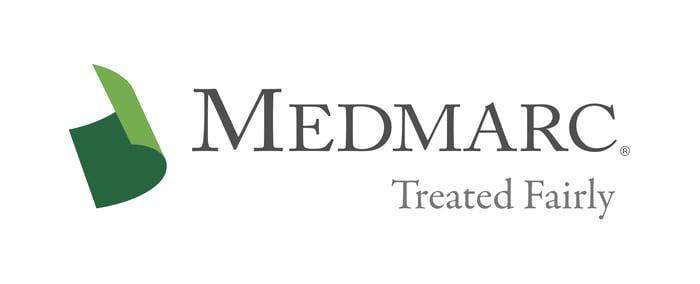Vaccine Injury Compensation Program
The early to mid-1980s was an era of considerable vaccine-related litigation. In response to increasing litigation costs and damage awards, many vaccine manufacturers left the market. Others remained in the market but raised their prices substantially. As a result, the number of immunizations fell, especially among children. Recognizing society’s interest in ensuring that children are vaccinated against polio, measles, rubella, etc., Congress passed the National Childhood Vaccine Injury Act of 1986 (the “Vaccine Act” or the “Act”) and established the National Vaccine Injury Compensation Program (“VICP”).
Key Protections Under The Vaccine Act
The Vaccine Act protects some vaccine manufacturers from civil liability for certain vaccine-related injuries or deaths. First, the Act protects manufacturers from civil liability for damages due solely to the manufacturer’s failure to provide direct warnings to the injured child’s parents or guardians of the potential dangers resulting from administration of the vaccine. Second, the Act protects manufacturers from civil liability arising from an injury or death that was the result of side effects that were unavoidable even though the vaccine was properly prepared and was accompanied by proper directions and warnings.
The Act applies only to injuries or deaths associated with vaccinations administered after October 1, 1988. The Act protects only manufacturers of certain vaccines. In general, the Act applies to vaccines for tetanus, measles, mumps, rubella, polio, hepatitis B, rotavirus, and other vaccines recommended by the Centers for Disease Control and Prevention for routine administration to children. (Consult the “Vaccine Injury Table” at www.hrsa.gov for a full list of included vaccines.) The Act does not protect companies that merely supply raw materials (or Active Pharmaceutical Ingredients) to vaccine manufacturers.
Recovery Under The VICP
Pursuant to the Act, a plaintiff claiming damages in excess of $1,000 must first apply for compensation from the VICP before bringing a civil action against the manufacturer. In order to receive compensation from the VICP, the plaintiff must show the following:
- He/she received a vaccine covered by the Act or contracted polio from a recipient of an oral polio vaccine;
- He/she is a U.S. citizen or a dependent of a U.S. citizen;
- He/she sustained a vaccine-related injury as defined by regulation or caused by the vaccine;
- He/she either died as a result of the vaccine-related injury or suffered complications of such an injury for more than six months; and
- He/she incurred unreimbursed medical expenses of more than $1,000 related to the injury and has not previously received an award or settlement for a related civil action.
If a successful showing is made, the federal government may offer the plaintiff up to $250,000 for a vaccine-related death or, if death did not occur, will pay for all resulting medical expenses, nursing home costs, etc. Once compensation from the VICP is accepted, the plaintiff is then barred from bringing a civil claim against the vaccine manufacturer.
However, a plaintiff may decline to accept VICP compensation and proceed to litigation, provided that litigation is not barred by the Act. Generally, most applicants accept compensation when offered it under the VICP. In part, this is due to the strong protections against civil liability for vaccine manufacturers existing under the Vaccine Act.
For additional resources contact the Marketing department
Phone: 888-633-6272
Medmarc is a member of ProAssurance Group, a family of specialty liability insurance companies. The product material is for informational purposes only. In the event any of the information presented conflicts with the terms and conditions of any policy of insurance offered from ProAssurance, its subsidiaries, and its affiliates, the terms and conditions of the actual policy will apply.
Copyright © 2024 - Medmarc
